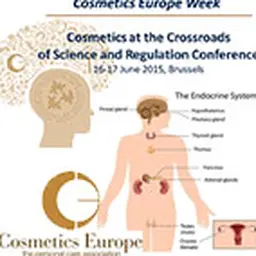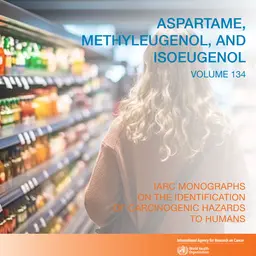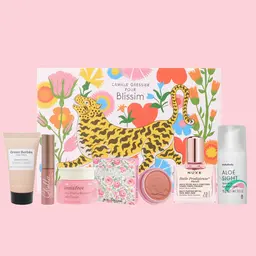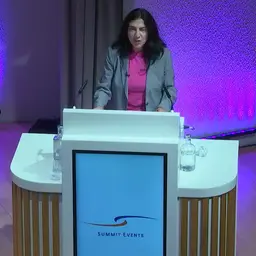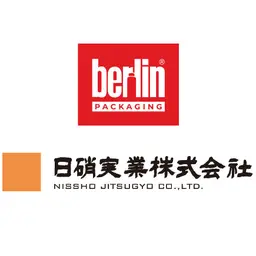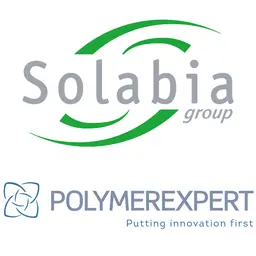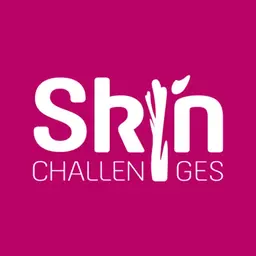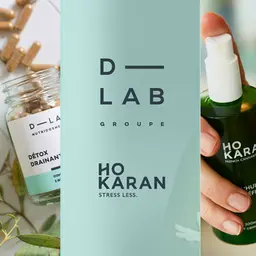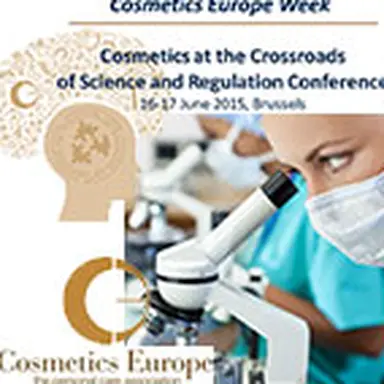
The basis of the safety assessment of cosmetic products and ingredients was significantly altered with the implementation of Regulation 1223/2009 and the complete ban on animal testing in cosmetics. And right now, the industry does not have all the methods required for the set of parameters essential to completely assess risks. Vera Rogiers provided an update of the situation at the second Cosmetics Europe International Conference held last June 16-17, 2015 in Brussels.
No need to introduce Vera Rogiers, full-time Professor at the Vrije Universiteit Brussel, where she is the Head of the Department of Toxicology and Dermato-Cosmetology. Co-chair of the SCCS till April 2013, she is still one of its invited experts today. And she is the one that was to present the challenges the cosmetics industry is facing with product and ingredient safety assessment, due to the recent changes laid down by regulations.
The basis of safety assessment
Vera Rogiers started her presentation with a reminder.
Article 3 of the Cosmetics Regulation lays down the principle according to which a cosmetic product made available on the market shall be safe for human health. This involves both the safety of the ingredients used, in particular given their toxicological profile, chemical structure, and consumer exposure, and the risk assessment provided for in Article 10.
The latter must be detailed in the PIF (Product Information File) provided for in Article 11 and designed to demonstrate safety, and the Responsible Person must supply adequate information both to authorities via the notification portal (Article 13) and to consumers (Articles 19 on Labelling and 21 on Access to information for the public).
As for these parameters, the …



